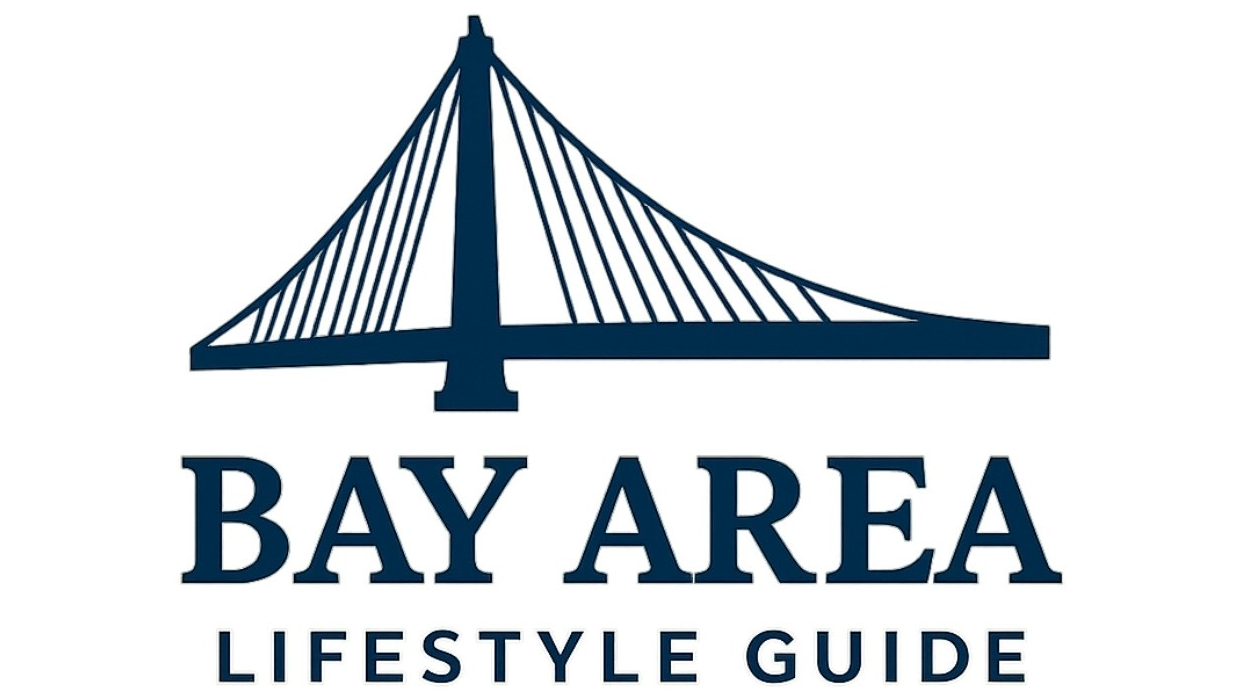
Funding Progress Sparks Hope for Bay Area Transit
The Bay Area is on the cusp of a significant funding breakthrough that promises to transform public transit across the region. Advocates have worked tirelessly to secure a $750 million bridge loan aimed at sustaining the transit network, amidst the pressing challenges posed by declining revenues. Furthermore, Senate Bill 63—a pivotal piece of legislation—has made its way through the state legislature and is now poised for the Governor's approval.
A 14-Year Lifeline for Local Transit Services
Senate Bill 63 authorization will enable voters in five Bay Area counties to consider a sales tax measure in November 2026, which is set to provide 14 years of funding for transit systems, including Muni, BART, Caltrain, and AC Transit. Senator Scott Wiener, a key player in this initiative, described the measure as a potential lifeline that would not only stabilize but enhance transportation services across the Bay Area—catering to the daily commute of countless residents.
The Changing Landscape of Transit Funding
California's transit models faced an existential threat due to shifts in work patterns triggered by the COVID-19 pandemic, leading to unparalleled declines in ridership and revenue. As remote work becomes more mainstream, agencies like BART now face projected annual deficits between $350 million and $400 million once federal assistance concludes.
Building Support: What's Next for Advocates
Despite these challenges, advocates remain upbeat about getting the required 100,000 signatures to put the measure on the ballot next year. However, the path ahead is fraught with challenges—success hinges not just on solidifying the bridge loan but also on winning over more than half of voters in the upcoming election. It's an uphill battle that requires robust community engagement and understanding of the urgent need for improved transit.
Highlighting Community Involvement
The excitement surrounding SB 63 isn't just political—it reflects a community rallying behind its public services. Local organizations, businesses, and residents are coming together, sharing stories about how improved transit would impact their daily lives. It’s more than just numbers; it’s about ensuring elderly residents can make it to appointments, that students can get to school safely, and that workers can commute efficiently to their jobs.
The Importance of Immediate Action
While we celebrate this momentum, we must remember that further assistance is critical to avoid operational deficits that could precipitate service cuts. Newsom's government has yet to finalize the much-needed bridge loan, yet discussions are ongoing. As Erik Mebust from Wiener's office states, “We all want to get this finalized as soon as possible.” The urgency for collective action is palpable—if this loan is achieved promptly, transit operators can steer clear of drastic service reductions.
Connecting the Dots: What This Means for You
For lifestyle-conscious adults in the Bay Area, these developments mean more than just political progress—they herald a future where easy access to public transportation can enhance everyday life. Improved and reliable transit means more time for wellness activities, arts, and cultural experiences, ultimately enriching community engagement and personal fulfillment.
The Road Ahead: Engaging the Community
As we move closer to the ballot measure, community participation is essential. We encourage everyone to engage in discussions, attend local meetings, and share their insights. Not only does your voice matter, but it also adds to the collective narrative about creating a more robust and resilient transit system.
To further your engagement, consider reaching out to local representatives, advocating for public support for SB 63, and encouraging friends and family to get involved in the signature-gathering process. Together, we have the power to shape a sustainable transit future in the Bay Area.
 Add Row
Add Row  Add
Add 



Write A Comment